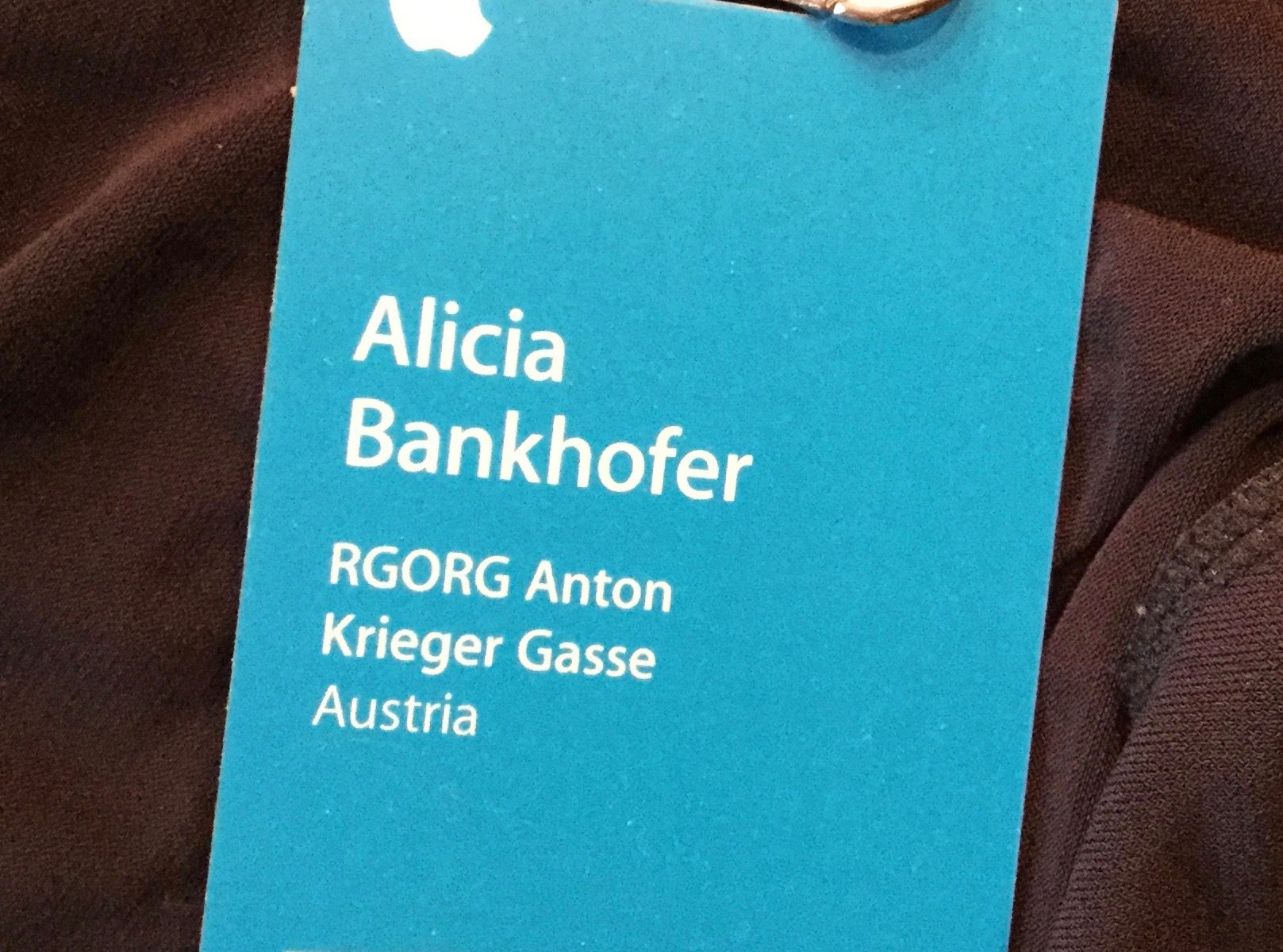It’s been about a month but I am still glowing from what I experienced at the Apple Education Leadership Summit in London on 20 January 2016. It’s hard to describe what I saw and heard at the summit without using too many superlatives. It was extremely well-organized and coordinated. It was inspiring, eye-opening and transformative. It was future-oriented and full of practical recommendations. A meeting of the minds and hearts at the highest level. Following the ingenious motto: „Create. Change.” those who were there had the chance to reflect on what we’d like to transform in education and why. The focus was always on us educators being courageous, creative and innovative when we design transformative learning experiences for our students. As the eLearning and eLSA Coordinator at my school RGORG Anton-Krieger-Gasse I was lucky enough to be invited to this conference, which had a few hundred educators from across Europe in attendance. It was a single day in January, but it immediately impacted my practice and teacher persona, in primarily three ways.
Make Learning Challenging!
Mike Nicols (Challengebasedlearning.org) was a featured speaker and facilitator. He described the importance of designing a learning experience like a challenge, a problem-solving activity, giving the learner the chance to discover, try out and experiment. His presentation really inspired me, so I gave my English-learning learners a challenge. Their task was to do something they had never done before. They had only 30 minutes to prep and afterwards it had to be presented to the class. I described the results in a previous post. Truly a great feeling to witness learning happening.
Framing learning
The summit’s program included the chance to interact hands-on in diverse learning environments, supported by technology. For example they set up a room centered around the River Thames where you could learn at 3 stations, using the apps Numbers, Garageband or Maps to learn about historical or geographical aspects of life surrounding the river. Each learning sequence started and ended in the same way: What are our learning goals? What have we learned today? I had read about the importance of reflection in teaching but I had not been disciplined enough to do it each time. No more! Now, I design and frame each lesson, describing the goals and stopping activity 5 minutes before the bell to recap and reflect. This way of working takes extra effort the night before, but I feel it pays off in a big way, because it frames the lesson so that the learner’s heart and mind is prepped.
What do we want others to feel?
During the closing keynote we listened to a speaker from Apple University, who described Apple’s designing process and raison d’être. It was a fascinating talk. Indeed, the whole day was less about, „we are Apple, we are great, use our products in your teaching” and more “we are driven by principles and we think these principles can be applied to teaching and learning”.
A Very Important Question: What do you want teachers and students to feel? Such a simple question! If we start with this question we can then think about how we can get there. The speaker stressed that Apple designs products in this way, starting with what they want the customer to feel. I try to make this my WHY for every teaching hour.
And I do agree that this principle can be applied to teaching. As the late great Maya Angelou said: “People will never forget how you made them feel.” How true! As a teacher we hold such power. We can create powerful positive emotions in our protégés, we can direct their focus on what really matters and we can make them feel good about themselves so that they can find their own inner strength to pursue learning out of drive and desire. When we start with what we want our students to feel then we unleash unlimited potential.
Needless to say, visiting this conference left me and my colleagues inspired to create change for the better in our little corners of the world.

